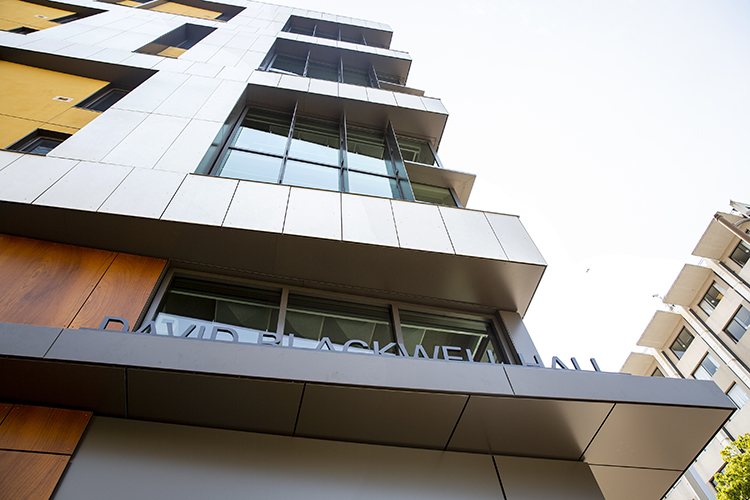What Berkeley students need to know about campus housing this fall
The COVID-19 pandemic has forced schools around the globe to be creative with how best to deliver a high-quality campus experience.

July 22, 2020
As the start of a new academic year looms, UC Berkeley students are grappling with whether to return to campus and live in residence halls, even as news came this week that fall semester will begin with remote instruction.
The COVID-19 pandemic has forced schools around the globe to be creative with how best to deliver a high-quality campus experience for students who elect to return to dormitories — where health and safety guidelines will almost certainly curb socialization and increase isolation.
“We will do the best we can to navigate these unchartered waters,” said Heidi Scribner, Berkeley’s executive director of housing, events and facilities, residential and student service programs. “We are committed to our residents, and we welcome all of those residents who either want or need to be here.”
Scribner’s comments came Tuesday as part of the first in a series of Campus Conversations on newly admitted students, instruction and supporting the student experience. Scribner, along with Silvia Marquez, associate director in the Financial Aid and Scholarships Office, Mark Lucia, director of student legal services, and Glenn DeGuzman, director of residential life, were part of a discussion, “The Student Experience: Housing.”
Topics at the hour-long event, moderated by Dan Mogulof, assistant vice chancellor of executive communications, included what students should consider when deciding whether to live on campus, what they should expect once they arrive, and how dorms will be cleaned and maintained during the pandemic.
DeGuzman recommended that students have open, full discussions with their families before deciding whether to live in campus housing. He said they should realize that campus living will be different, as new health and safety protocols will be in place and enforced to diminish the spread of the coronavirus.
For example, students will be tested for COVID-19 within 24 hours of their arrival to campus. Then, they will be sequestered for up to 10 days. Students will also be required to wear face coverings and to adhere to social distancing, particularly when outdoors, he said.
Scribner added that campus maintenance crews will be diligent in cleaning and wiping down “high-touch” areas, such as doorknobs, multiple times per day.
Students who have accepted campus housing for the fall semester have until Sunday, July 26, to withdraw from that decision.
But for students who have signed leases for private, off-campus housing, withdrawing from those decisions may be a bit more complicated — and potentially expensive, said Lucia.
Generally, students are bound by their lease agreements, because landlords have the right to claim rent for the full term of the lease, he explained. However, included in some agreements is an option to “buy out” a lease. Still, that could be expensive, as a buyout might typically require handing over up to several months’ rent.
“This is, by far, the biggest housing issue for students,” Lucia said. “Students who (have already) signed long-term leases for the upcoming school year and (because of the pandemic) wonder if they’re stuck with the lease if they’re not coming back. The short answer is: yes.’’